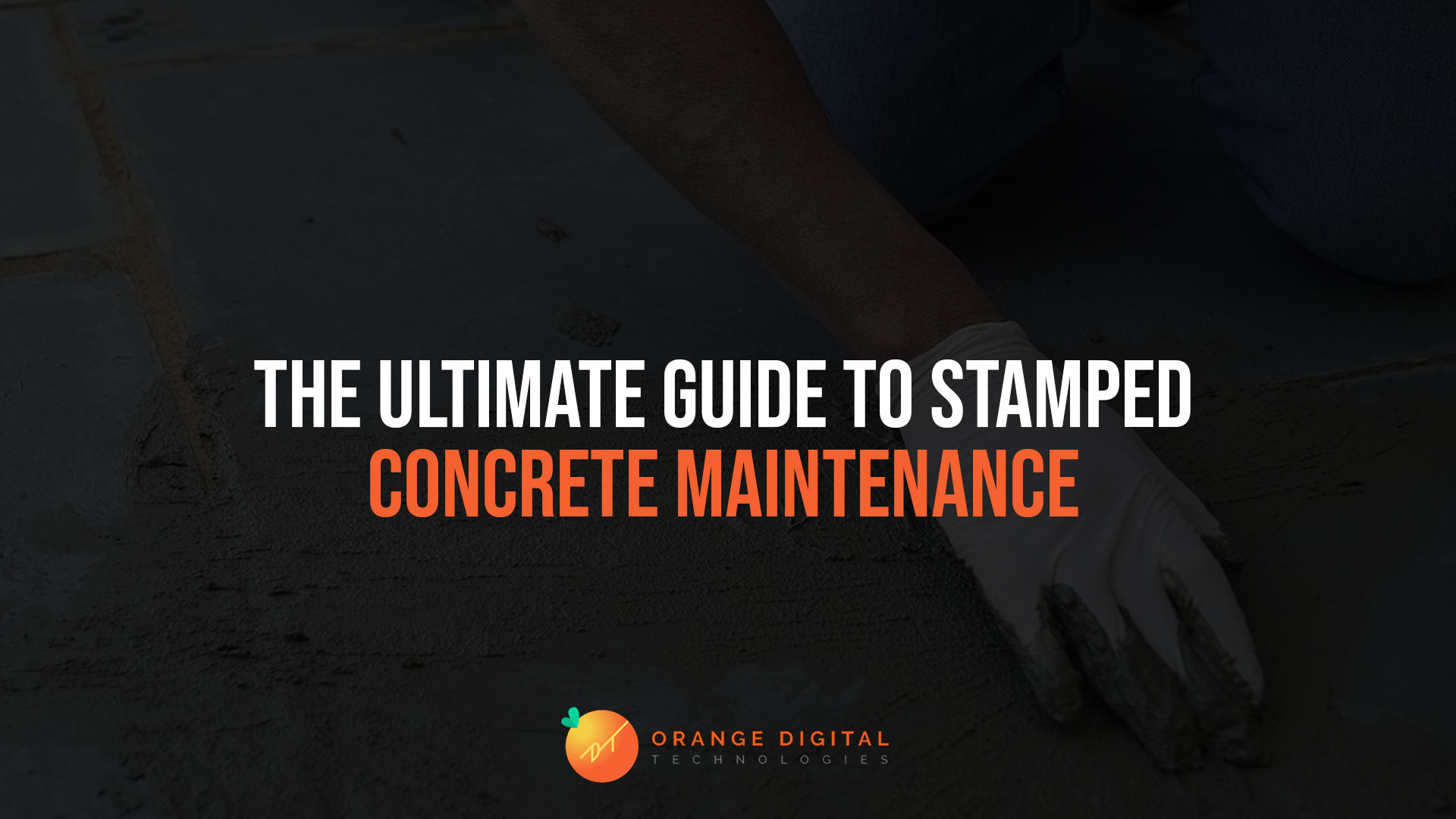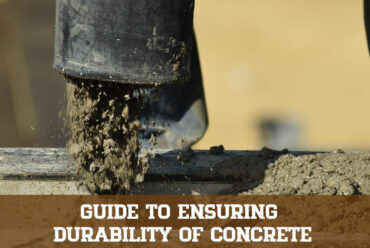The Ultimate Guide to Stamped Concrete Maintenance
Stamped concrete is a popular construction material primarily used on surfaces. With the wide array of benefits that it brings, it’s no doubt that many homeowners see it as a great investment. Thus, you often see them installed in driveways, pool decks, and sidewalks of both residential and commercial properties. You can easily see a home with stamped concrete patio in Sarasota, for example.
However, like other materials, it also needs regular maintenance. Many factors can impact the quality and durability of your installed stamped concrete. It is essential to know how to take care and rejuvenate them — thus, listed below is the ultimate guide to stamped concrete maintenance that every property owner should know.
Avoid using a pressure washer
A pressure washer is a big NO in cleaning and maintaining your stamped concrete surfaces. Due to the strong pressure or incorrect nozzle, your patio or driveway can be damaged. The way you spray, including the distance of the equipment to the surface, can risk the concrete’s quality. The said damage can range from breaking the sealer down and reducing the shiny quality to degrading the surface and creating unnecessary marks. Thus, what you should do is either clean with appropriate pressure levels or look for alternatives.
Use gentle cleaning agents when scrubbing
Surfaces are meant to get dirty. Why? It’s because people, vehicles, animals, etc., walk or come past them. For external surfaces, you must expect that there will be dirtier than the interior ones. Regularly clean your patios, driveways, or walkways using easily accessible items. So, get a brush and household or liquid dish soap. Ensure that the latter is a gentle cleanser so it wouldn’t affect the coating of the surface. Then, scrub gently until everything is clean, from corners to gaps. However, if there is stubborn dirt, like grease spots, tire marks, paint stains, etc., then use cleaning agents with stronger chemicals. And brush the surface gently, still guaranteeing to not impact its coating, color, and seal.
Maximize your garden hose in rinsing
Rinsing is an essential part of the cleaning process. However, knowing the best tool to rinse is more important. Garden hose is considered one of the best mediums for rinsing. It doesn’t have extreme pressure that can risk the quality of the surface. Instead, it has enough pressure to rinse and keep the exterior floors free of debris and dirt. Thus, keeping the sealing agents intact and maintaining a speck of dirt and stain-free surface, adding more value to your property.
Check if the surface needs resealing
Although stamped concrete has proven its longevity, when the time comes that its aspects start to degrade, you should reapply the necessary elements. The sealer is the most common part that gets affected by natural wear and tear. Hence, it is necessary to regularly check on your surface and see if the sealer is still serving its purpose. The ideal time for your stamped concrete’s resealing is between its 18th to 24th months. Applying a new sealer longer than that time frame can increase the risk of color fading.
In resealing, make sure to clean the stamped concrete first and allow it to air dry for a day. Refrain from using the sealer on wet or damp patios, driveways, pool decks, and other surfaces. A nap roller is the best tool to apply the new sealer mixed with an anti-skid additive, but the additive is optional. For better results, add another coat when the first one is not sticky anymore.
Examine for cracks and flaws
Cracks on surfaces are enough indications that the stamped concrete is getting damaged. Spotting and working on them early is the ideal thing to do. The solution goes the same with other flaws, such as stains, marks, and more. Be keen on the details and look for cracks — big or small on your regular maintenance task. If you see one, plan the necessary actions to attend to the defect. In that way, you can avoid bigger problems, restore the quality of the concrete, ensure your safety, and save finances. So, don’t disregard these kinds of problems, even the littlest flaw, because your property is an investment that you should take care of.





No Comments